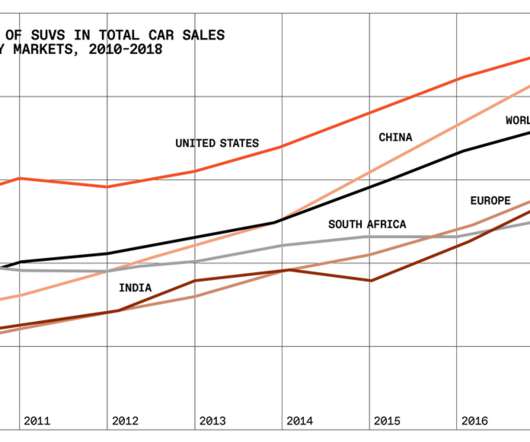Study: 2/3 of aviation climate impact due to emissions other than CO2
Green Car Congress
SEPTEMBER 6, 2020
of the human-made climate impact; two-thirds of this impact are caused by emissions other than CO 2 , according to a new study by researchers in Europe and the US. Both radiative forcing (RF) and effective radiative forcing (ERF) terms and their sums are calculated for the years 2000–2018. Aviation accounts for 3.5% Pitari, M.J.





















Let's personalize your content